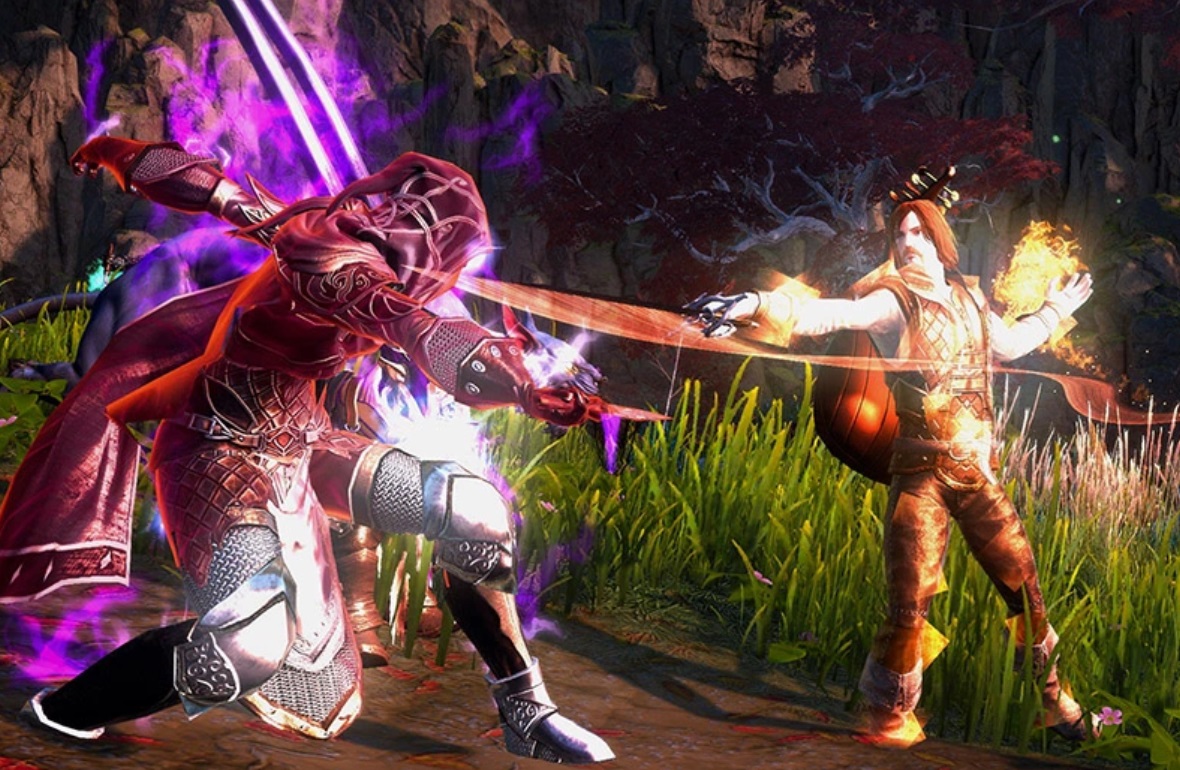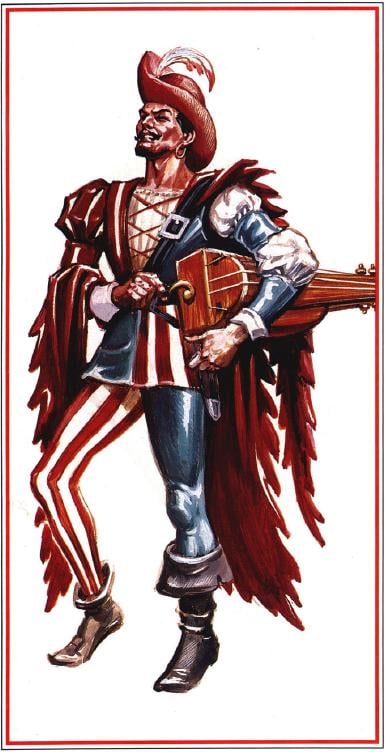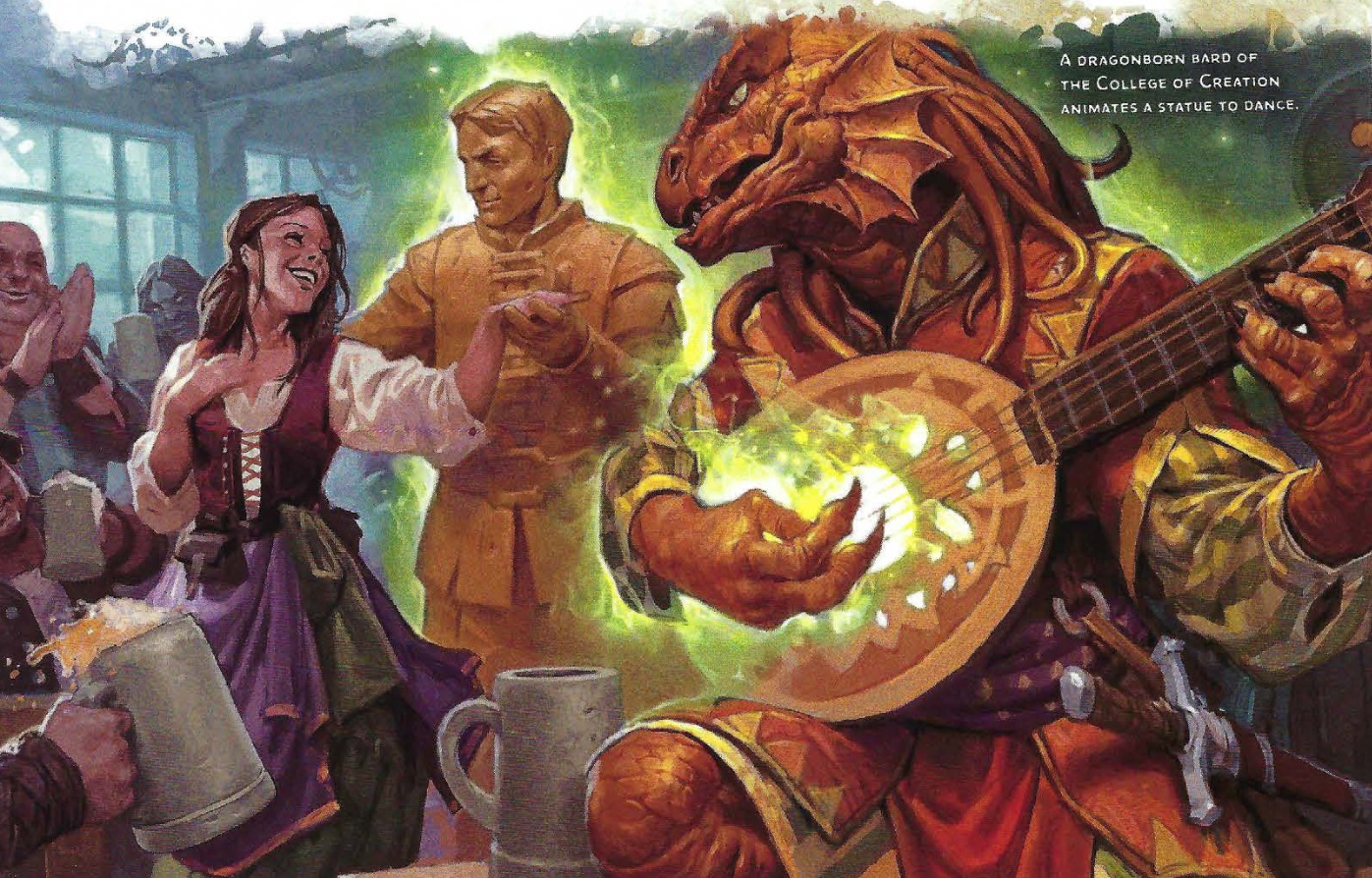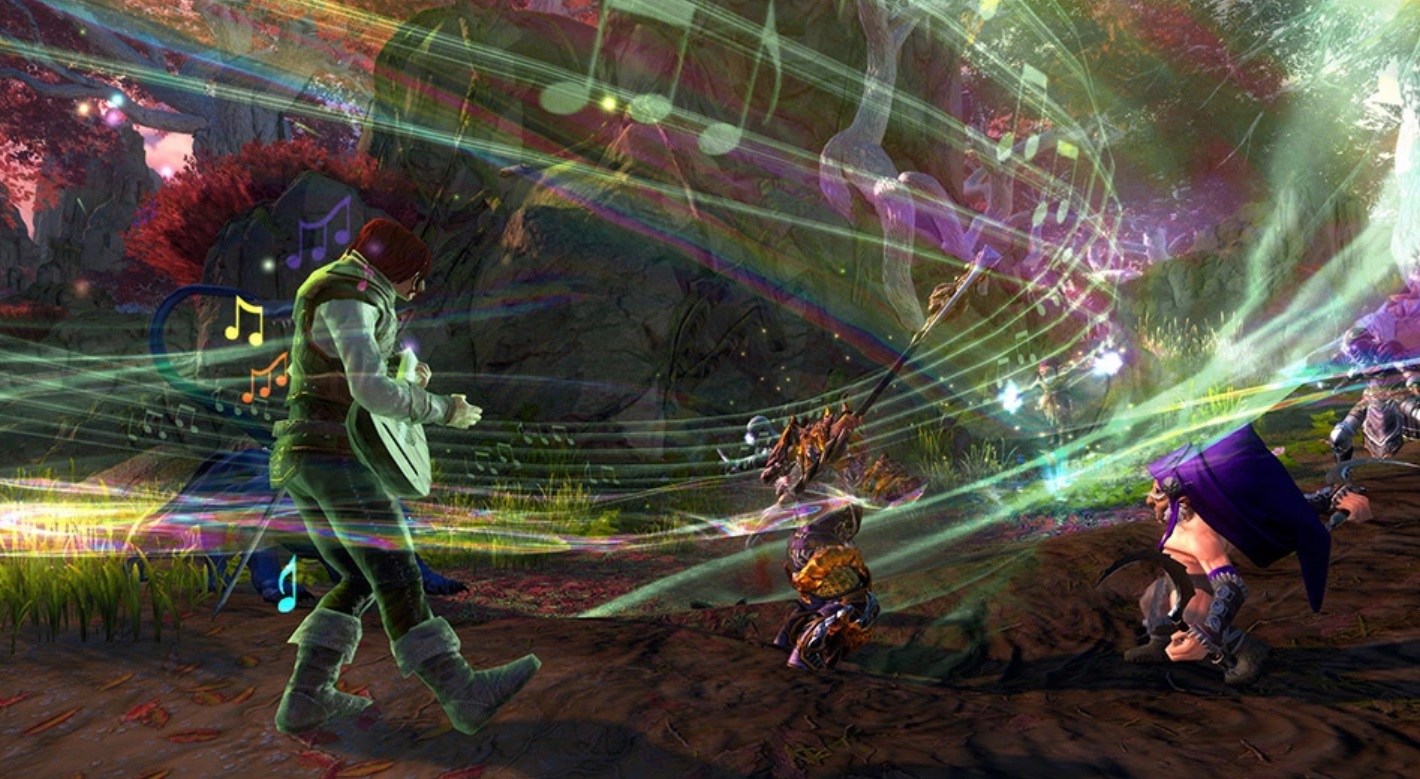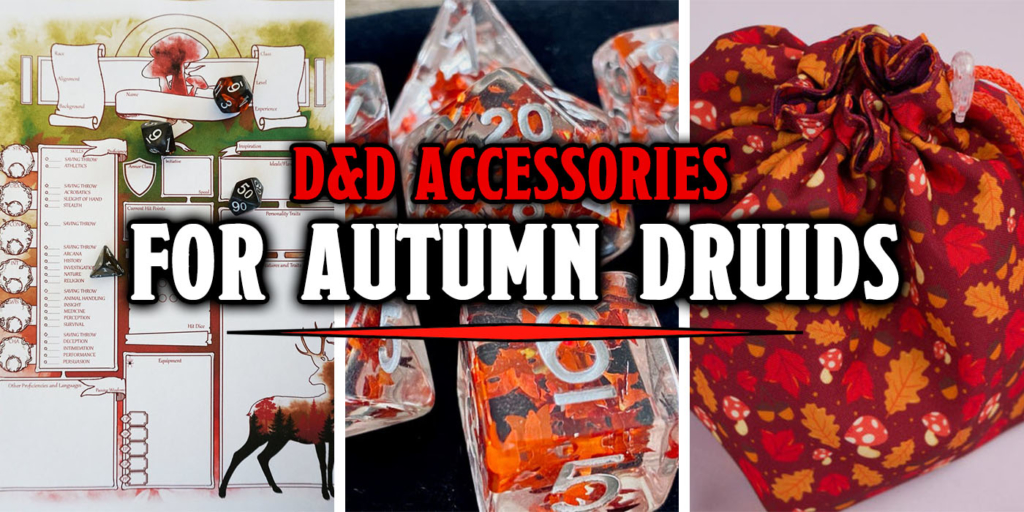D&D: WotC Lead Designer Talks Bard Class Origins
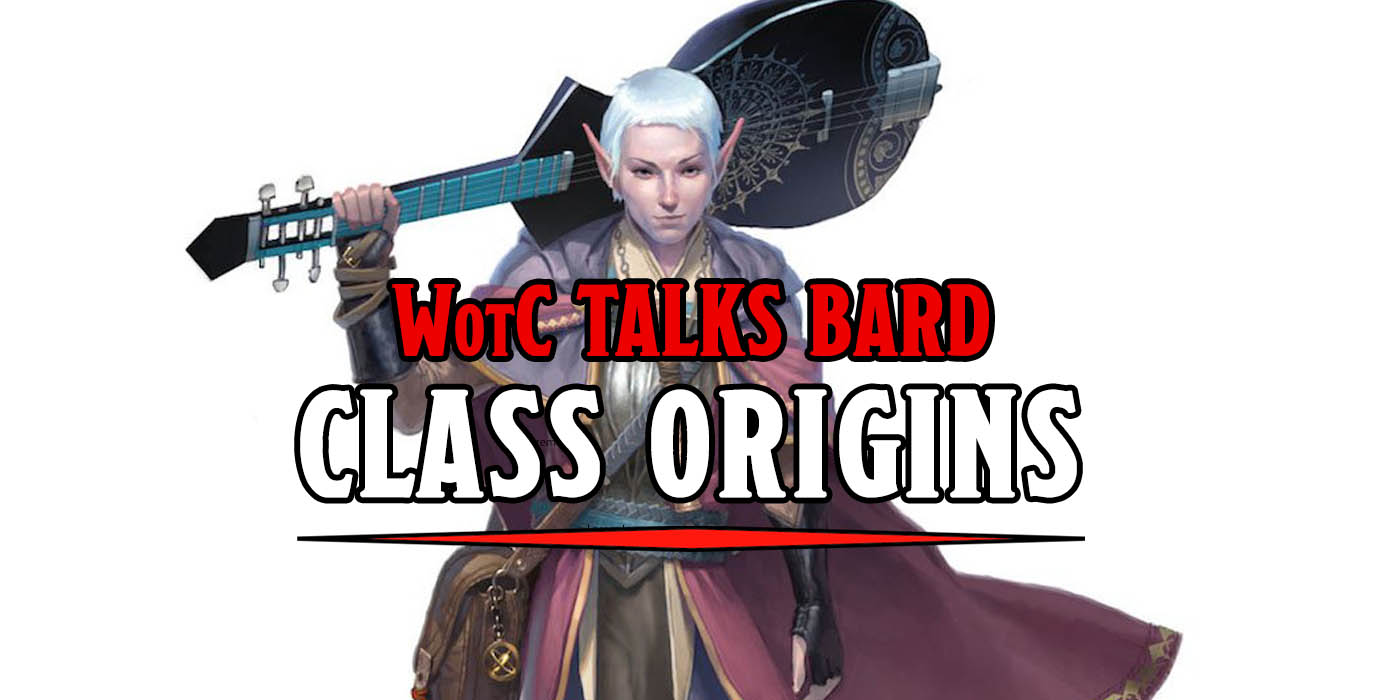
It’s the 90s all over again, because D&D’s lead rules designer takes us all Behind the Music with Bards, celebrating their release in the D&D MMORPG.
Bards are in the air, and not just because many of them have access to the fly spell. In the latest expansion for Neverwinter, the D&D MMORPG, a long-asked for class is finally added to the game. In Jewel of the North, you can now play a bard, and Jeremy Crawford, lead rules designer for D&D at WotC sat down with the Hollywood Reporter to talk about the origins of the class.
So make sure your grunge look is ready to go, that your vintage Seinfeld t-shirt is adjusted just so, because we’re about to make like VH1 and go behind the music with bards.
Crawford spoke a lot about the history of bards, whose origins lie from Celtic mythology, explaining that even in 1st Edition the Bard was created to be a jack of all trades:
In first edition D&D, the Bard was this unique class that was such a jack of all trades that it couldn’t even start off as a single class. You actually had to first be a Fighter than a Thief, then you trained under a Druid before you could actually become a Bard. That really spoke to the Celtic origin of the Bard class and D&D, because both the Druid class and the Bard class were heavily drawn especially from Irish mythology. That’s why there was that connection between the Bard and the Druid, which then gave the Bard this mix of nature powers, some healing magic, but then combined with the skillfulness of the thief and also the fighting prowess of the fighter. Fast forward to fifth edition, and you can still see some of that original DNA in the class where we still have the skillfulness of the Thief, which we now call the Rogue, and we also have this mix of the offensive magic that a Druid had but also the healing magic. All of those things combined to create this character who is eminently customizable and is specifically about using this vast array of tools to inspire the people around them.
Crawford goes on to explain why that jack of all trades nature is important, even to 5th Edition. The bard class is designed to appeal to the type of player that wants to customize their character and really make them shine. Which for players used to being the protagonist in a video game (even an MMORPG like Neverwinter) means being able to do a little bit of everything instead of a hyper specialist like a Rogue or Cleric.
Bards fill an interesting niche in that they do all of the things a D&D class can be expected to do, and they do it through the arts. In Neverwinter music is at the heart of the bard’s signature playstyle as well, which gives not just a nod to music with certain animations as spells, but you can step into two different performance modes:
Perform Mode and Free Perform Mode, inspired by the Legend of Zelda: Ocarina of Time’s ocarina mechanic. Perform mode allows adventurers to play songs that can enhance, heal, or hurt a target, while Free Perform grants Bards the ability to step away from the battle and freely play a variety of popular songs or themes (think: something as simple as the McDonald’s jingle to the more advanced “Toss A Coin to Your Witcher” or Stranger Things theme.)
But in explaining the bard, Crawford explained how WotC views the class internally. And the answer should surprise nobody who’s been in a party with at least one bard–they’re the class that’s all about shenanigans:
We not only value raw output when it comes to the amount of damage you do or the amount of healing that you do, we also have an eye on what is your effectiveness at perpendicular problem-solving. So often problems are not solved by straightforward combat or how well did you keep someone alive. Instead, it’s what shenanigan did this group come up with that bypasses an entire encounter or causes the entire length of the dungeon to effectively be cut in half.
Crawford cited the bard’s suite of enchantment effects, stating that the bard excels at turning enemies into friends, even if temporarily. And you can always count on a bard to make you better at just about anything. It’s a complex class, and getting a look under the hood helps cement where bards fit in D&D, whatever game you’re playing.
Neverwinter: Jewel of the North launched for consoles on Aug. 24th, and PC back in July. So you can take a look for yourself.
Happy Adventuring!

